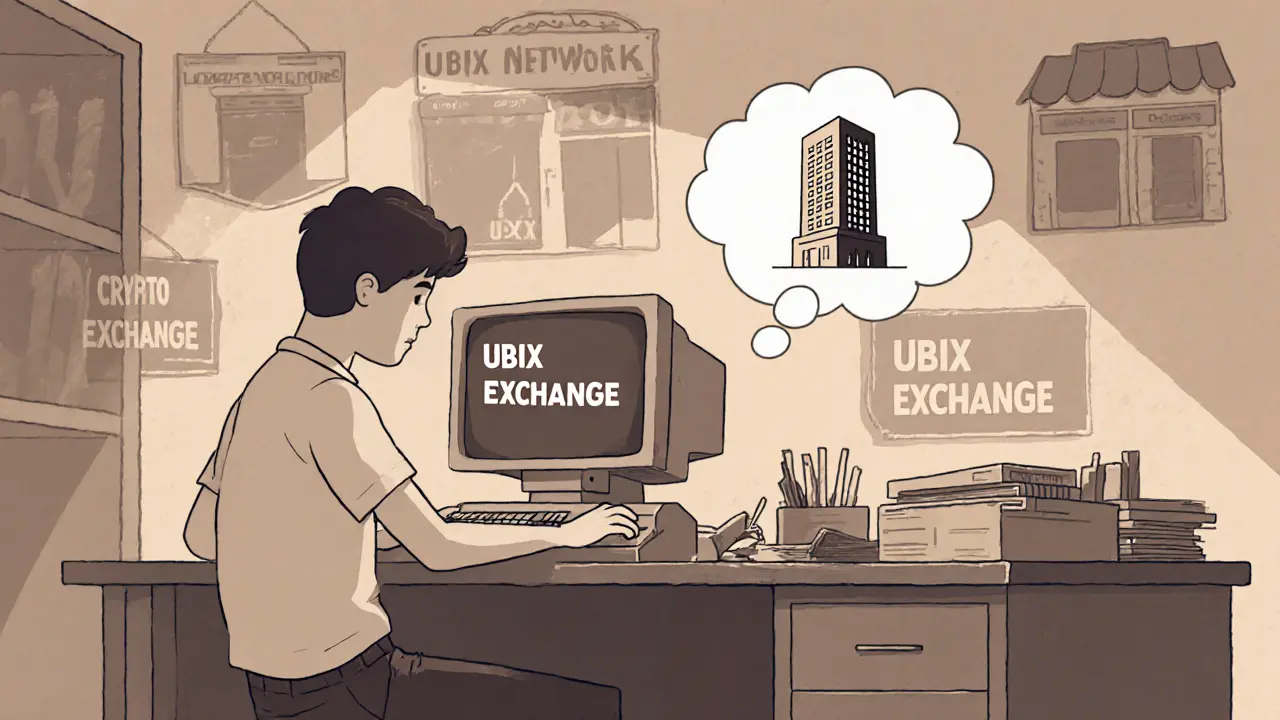Micro‑Cap Cryptocurrency Overview
When you hear micro‑cap cryptocurrency, a digital token with a market cap under $50 million, usually early‑stage and highly volatile. Also known as micro‑cap coin, it attracts traders chasing big upside while accepting big risk. These tokens often pop up on new blockchains, in niche communities, or as experimental finance tools. Because they’re tiny, price swings can be dramatic, and each project’s success hinges on factors like community support, token distribution, and real‑world utility.
Key Concepts to Explore
One of the fastest ways a micro‑cap project builds momentum is through an airdrop, a free token distribution to early supporters or specific wallet holders. Airdrops act as a marketing blast, spark instant liquidity, and often seed the first wave of traders. However, they also create short‑term price spikes that can evaporate quickly, so understanding the airdrop schedule and eligibility rules is crucial.
Behind every token lies its tokenomics, the economic design covering supply limits, inflation rates, staking rewards and fee structures. Good tokenomics align incentives for holders, validators and developers, while poor design can lead to runaway inflation or useless tokens. Evaluating tokenomics helps you judge whether a micro‑cap coin has a sustainable growth path or is just a hype pump.
Many micro‑cap projects are governed by a DAO, a decentralized autonomous organization that lets token holders vote on proposals and protocol changes. A DAO gives the community a real say in roadmap decisions, treasury use, and partnership choices. When a DAO is active, it often signals a healthier, more transparent project, which can attract more serious investors.
These tokens don’t live in isolation; they need DeFi, decentralized finance platforms that provide lending, borrowing, staking and yield‑farming opportunities. DeFi protocols give micro‑cap coins utility beyond simple speculation, letting users earn yields or use the token as collateral. Pairing a micro‑cap with a solid DeFi platform also improves liquidity on exchange, any marketplace where the token can be bought, sold or swapped, which in turn supports price discovery and market stability.
All these pieces—airdrops, tokenomics, DAO governance, DeFi integration and exchange listings—form the ecosystem that determines whether a micro‑cap cryptocurrency can survive the hype cycle and grow into a lasting asset. Below you’ll find a curated set of guides, reviews and how‑to articles that break each of these elements down, show real‑world examples, and give you actionable steps to evaluate or participate in micro‑cap projects with confidence.
A clear, up‑to‑date review of UBIX Network that explains why it’s not a crypto exchange, covers its tech, market data, liquidity issues, and whether UBX is worth using or investing.
Continue reading





